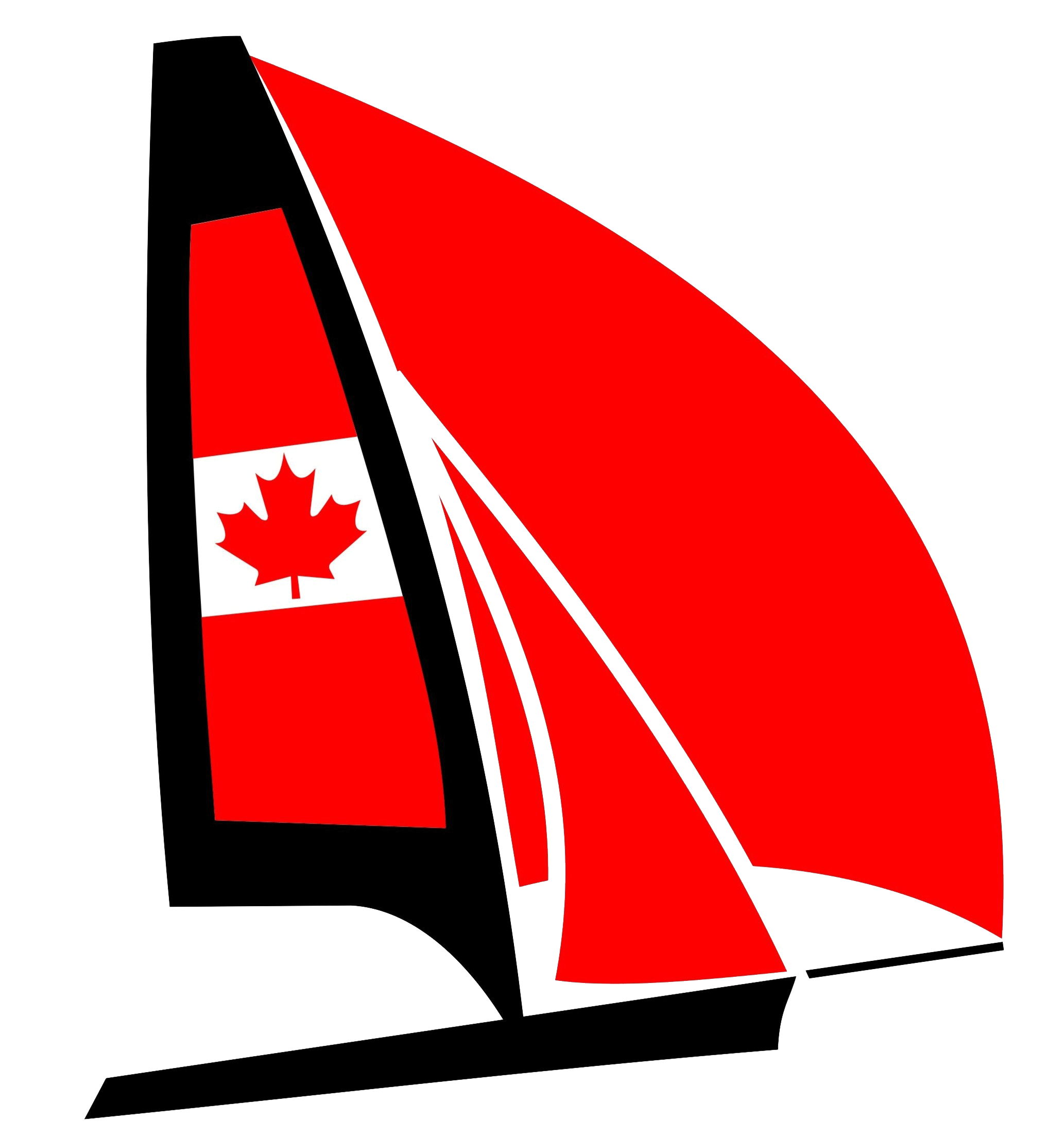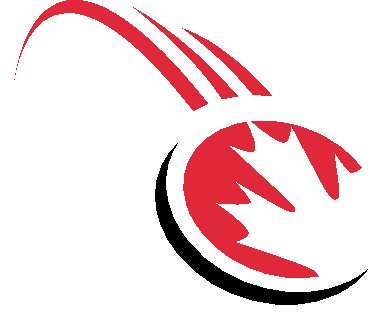Starts: Decision Making
- SPIN Sailing
- Nov 4, 2018
- 7 min read

It is often said the race is either one or lost at the start. Depending on the days conditions this can absolutely be true. In all cases it must be said that the start is one of the most critical points. Excluding the fleet, simply starting punctually gives you an advantage of potential meters that would be given up if you are to cross the line even one or two seconds late. In a competitive fleet like the Olympic 49er class, every meter is accounted for and this can often be the difference of that one point on the scoreboard. When you add an armada of boats into the start, every error and success is multiplied. Being bow forward of the boats around you can allow you to survive in a tight lane or gives you the freedom to execute your race strategy and head to the correct side of the course. This is where the start makes the biggest difference; it is the first point that separates the fleet, and being in that leading pack is the difference maker of sailing a successful race strategy and maximizing your boats speed.
Having a successful start plan has many factors: Line bias, course bias, favoured side of the course, fleet management, and direction you want to head. All variables work together to build a successful start. For each start you do not have to execute every aspect to create success,but not acknowledging their potential impact may can be costly. We’ll outline what each one is, how to determine them, and some thoughts to consider when evaluating their importance.
Line bias
Line bias is the most obvious potential advantage at a start. This is the angle of the start line relative to the wind. On a well set course, the start line should be perpendicular (90 degrees) to the true wind angle. This means starting on one end of the line will have no advantage over the over end; the two ends are both equal distances upwind of each other. If the line is not set perpendicular to the wind, the start line will be advantageous on the end that is furthest upwind. For example if the wind is from true north (0 degrees) but the line is set at 80 degrees, the boat end (right end of the line) is further ahead than the pin end (the left end of the line). This would be called a boat end bias because the right end of the line is a shorter distance upwind and therefor advantageous aka biased.
Determining the line bias is rather straightforward. During your pre-start setup, drive your boat to the middle of the line and point your bow directly into the wind so you sails are luffing down the middle of the boat. Using your compass you can see the true wind angle (this is important info that can be used for many other conclusions, so be sure to keep this in mind). Now while head-to-wind, simply give a look left and right down each end of the line. One side should look more upwind than the other side, indicating the side is biased. This is the method we prefer to use on the 49er as it is simple and quick. A more accurate method that can be used once you have a true wind direction is found by sailing along the line from one end to the other and take note of the compass angle while doing so. A square line should have a 90 degrees difference between these two compass numbers, but if it is any different than the line is biased. This method depends on which direction you are sailing along the line; If you sail from the boat to the pin than a difference less than 90 degrees is a pin bias, and a difference greater than 90 degrees is a boat end bias
Something important to consider when accounting for line bias are how long the line is. If the line is shorter, a 5 degree bias will not be as advantageous on a shorter line as compared to longer.

Course bias
Course bias is similar to start line bias as one side of the course will be a shorter distance to the top mark. Course bias is defined as the windward mark being skewed to one side of the true wind direction. If a course is right side biased, this means the mark is to the right side of the true wind direction, making the distance from the right side of the start line a shorter distance to the top mark versus the left side.
Establishing the course bias best goes along with the process of identifying the line bias. During the first step when you check the true wind angle in the middle of the line, it is as simple as taking a look up wind for the top mark. If the windward mark is to one side of the true wind compass angle, then the course is favoured in that direction.
The biggest thing to take note of with course bias is it works in conjunction with start line bias. A start line that is right end biased and a course that is right side biased will be more advantageous as the two effects compound each other. Opposite to this, if a course and start line have opposite bias, then the advantage is negated to a certain degree. There is no way to directly determine what is more beneficial when considering the two aspects, but the amount of each bias and length of the line/course will affect which is greater. This leaves the decision up to the best judgment of the sailor to determine what will be most beneficial. Aspects like this is where the practice and experience really comes into play with sailing.

Fleet management
This is a very important variable to consider as it greatly affects your ability to perform your established race strategy. While the start gives you the biggest opportunity to win or lose a race, the race strategy is truly what seals the deal. The goal of the start is to put yourself in an effective spot to execute the race strategy you have developed. Fleet management comes into play as this is the biggest barrier to executing your race strategy off the start.
One aspect to consider about the fleet is where the boats are grouping. This provides a more challenging area to start as the cluster of boats generates less wind and bigger opportunities for mistakes. While sometimes the pack of boats won’t start at the favoured end of the line (making it easier for you to start there), they generally all group together at the advantageous spots on the line. This then takes judgement to determine if fighting for that spot and advantage is worth the potential risks. Consider this, if the line isn’t heavily favoured then why risk starting in a congested spot where there is opportunity to foul boats and certainly less potential boat speed.
The other aspect of fleet management during a start is establishing where you are among the fleet. Knowing where you are relative to the fleet is important for the implementation of your race strategy. This is heavily connected to the direction you want to head after the start and it will be discussed in more detail below.
Direction you want to head
Something that is often acknowledge but overlooked during the pre-start planning is accounting for the direction you want to head during the leg. While this has many factors and won’t be discussed in this talk (see ‘Race Strategy: Factors’ for info on this topic) it is something to be considered during you start.
The importance of the direction you want to head goes hand-in-hand with fleet management. A successful start is determined by being the most forward boat, but also being able to sail according to your race strategy. Starting at the favoured end of the line is only beneficial if you are still able to execute your race strategy or else you are trading off gains for losses. As an example, let's assume the pin end of the line is biased but you determine the right hand side of the course will be advantageous and you decide in your race plan you want to go that direction. If you start at the pin end you may be gaining several meters on the fleet due to the line bias, but you are vulnerable to being forced to the left hand side of the course by the fleet to windward of you after the start. This can potentially be detrimental to your race depending on which aspect is more beneficial (the favoured end of the line versus the favoured side of the course).
Similar to comparing line bias and course bias, there is no way to accurately determine which aspect will be the winning ticket. The main focus point to consider is how effective the course side will be. The more benefit you determine a course side to have, the less important the line bias becomes meaning starting in a clean spot free of boats is a better option. Contrast to this, if the same course side and end of the line are advantageous then it is critical you fight for those gains despite the converging fleet
Conclusion
. While many of the variables of a start are factual or visible to the sailor, it is assessing the winning permutation that is challenging. This is where experience in sailing really breeds success. The more situations you see over the course of your career the better calculated estimation you can produce to any given set of starting variables. This is why in Olympic sailing much of the training is devoted strictly to practice starts. All the factors must be carefully prioritized, then leaving it up to the execution of the start to implement that successful plan. The pre-
start is only 5 minutes long, so being there early and giving yourself as much time to acknowledge the information available to you can help significantly; the more time you have to process all the variables the more confident you will be in your start plan and the better chance to be that one boat bow out, rolling over top the fleet.










Comments